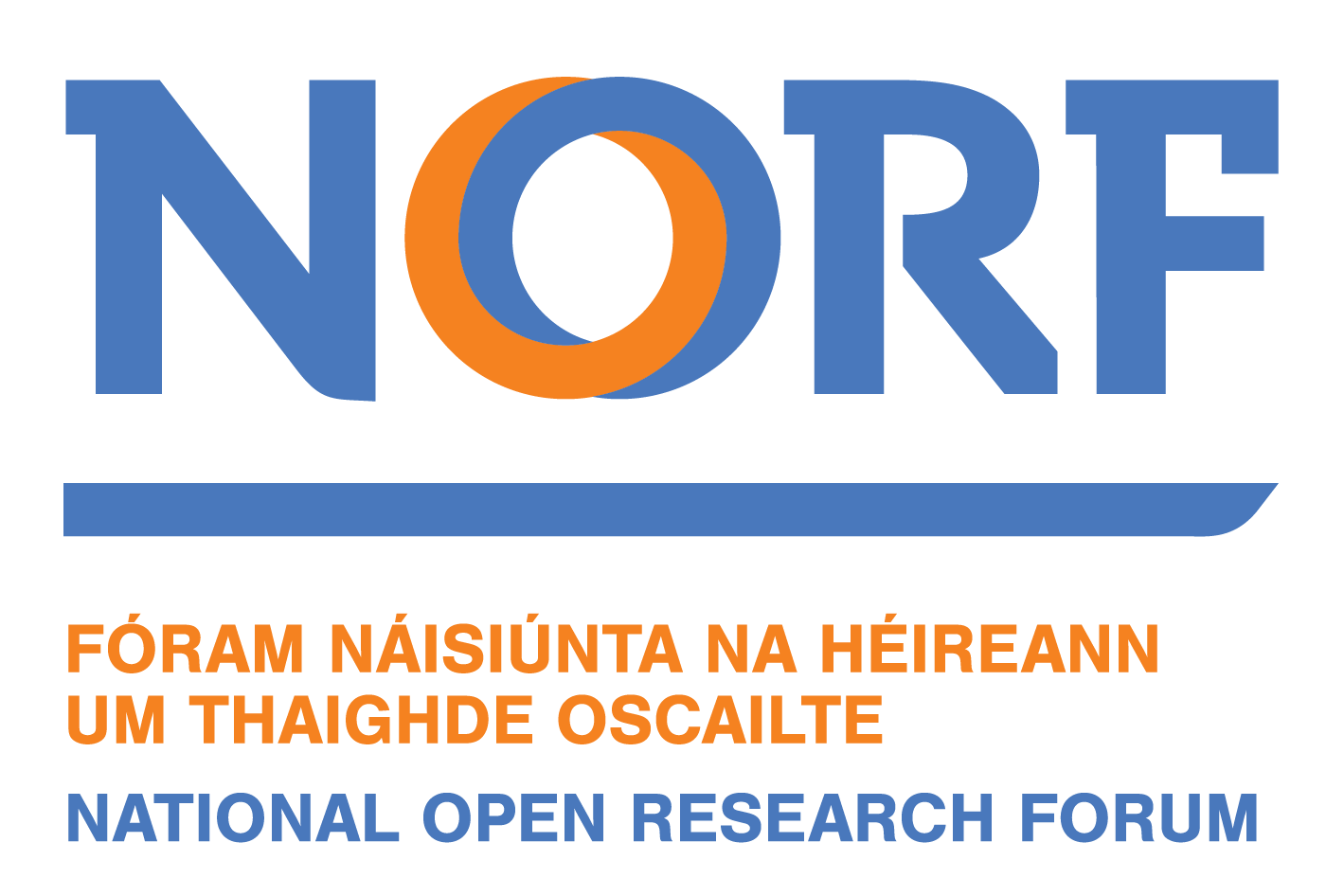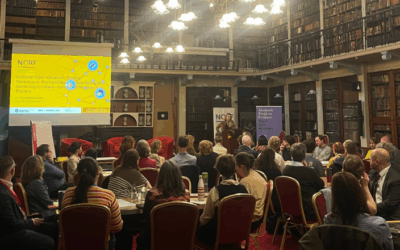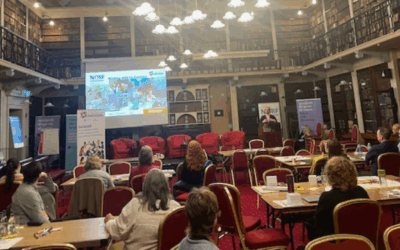April is Citizen Science Month and to mark the occasion we have invited early career researcher Simone LePage to blog about her experience of planning and implementing a project focusing on citizen science. Simone is a PhD Candidate with the Health Research Board Trials Methodology Research Network (HRB-TMRN) at the University of Galway.
I applied for my PhD project, The Kid’s Trial, under the supervision of Professor Declan Devane (University of Galway) and Dr Laura Flight (NICE, UK), with prior knowledge and experience of its ‘parent’ project, The People’s Trial. The People’s Trial was an innovative citizen science initiative to create a randomised trial ‘powered by the public’. It invited members worldwide to design and conduct their very own randomised trial online, enhancing public awareness of what clinical trials are and why they are important.
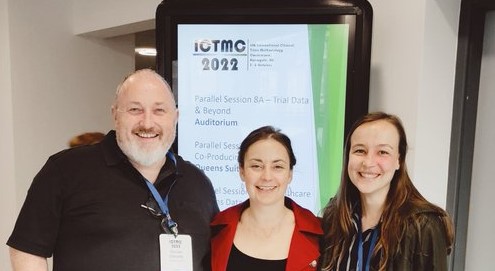
Photo L-R: Professor Declan Devane, Simone LePage PhD Candidate and Dr Laura Flight
Similar to its ‘parent’ project, The Kid’s Trial is an online, randomised trial co-created with children to enhance their understanding of randomised trials and their significance and to promote critical thinking skills. This immersive approach can potentially improve children’s health literacy and inspire the next generation of researchers.
As a PhD student, some of the early key decisions that I needed to consider included deciding who should be involved in the trial and how we might meaningfully involve members of the public in the project development and design.
What age group should we engage?
Choosing an age group to work with was our first hurdle, and after many discussions and consulting published child development research, we opted to include children aged 7 to 12 years for the following reasons:
- Middle childhood (7-12 years) marks a period of cognitive, behavioural, and emotional development conducive to engaging in projects like The Kid’s Trial [1].
- Children in this age range demonstrate increased empathy, community interest, and critical thinking skills, making them prime candidates for understanding the trial’s relevance and benefits [2].
- Establishing positive health habits during middle childhood lays resilient foundations for adolescence and adulthood [1].
- This age group represents a demographic sometimes termed “The Forgotten Years,” presenting a unique opportunity to engage with an often underrepresented group [3, 4].
Do we recruit on a national or international level?
Because The Kid’s Trial aims to reach as many children as possible, we wanted to open participation to children worldwide. However, this decision posed logistical challenges, particularly concerning children’s online participation. When we searched for guidance on how to conduct international trials online with children, we found a gap in the knowledge base. To address this, we conducted a scoping review, co-authored with Aislinn Conway of NORF, exploring relevant literature and ethical considerations [5].
Following the review, we conducted further research on ethical standards for conducting research with children globally and sought ethical approval. Navigating ethical considerations, especially regarding GDPR and international research policies, proved to be the most challenging aspect of the project’s design. Relying on recommendations from the Ethical Research Involving Children (ERIC) compendium [6], the United Nations Convention on the Rights of the Child (UNCRC) [7], and prior research project precedents [8-11], we formulated a robust data management plan and successful ethics application.
How and where do we involve public partners?
Early in the project planning, we knew that contributions from children and caregivers in designing and running The Kid’s Trial would be necessary to increase the relevance, impact and success. Although the involvement of public and patient partners has become more commonplace, we were unsure of the logistics of recruiting partners and conducting these meetings. We aimed to have the Children’s Advisory Group (CRAG) and Parents’ Research Advisory Group (PRAG) mirror the desired population of The Kid’s Trial. We therefore targeted our recruitment materials to caregivers of 7- to 12-year-olds globally. We successfully recruited seven family units comprising eight children and seven caretakers from six countries over 15 weeks. Meetings with the advisory groups have occurred online since August of 2023, covering seven topics. Meetings and feedback surveys regarding trial development and design, have resulted in significant changes to the trial’s website design, choice and design of animations, and language used throughout the platform and communications materials.

Top: The People’s Trial logo
Right: The Kid’s Trial logo was designed by CRAG members
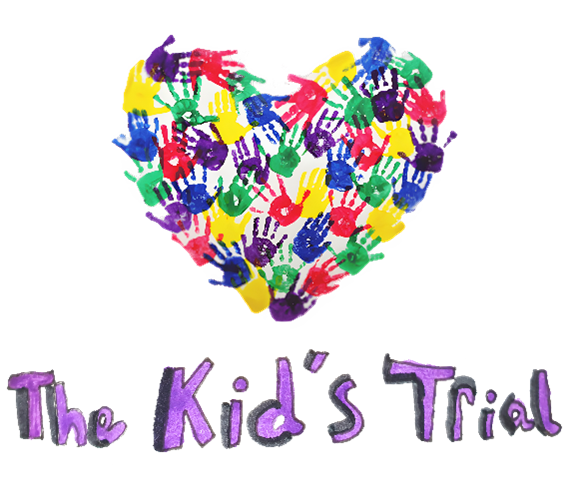
Similar to its ‘parent’ project, The Kid’s Trial is an online, randomised trial co-created with children to enhance their understanding of randomised trials and their significance and to promote critical thinking skills. This immersive approach can potentially improve children’s health literacy and inspire the next generation of researchers.
As a PhD student, some of the early key decisions that I needed to consider included deciding who should be involved in the trial and how we might meaningfully involve members of the public in the project development and design.
What age group should we engage?
Choosing an age group to work with was our first hurdle, and after many discussions and consulting published child development research, we opted to include children aged 7 to 12 years for the following reasons:
- Middle childhood (7-12 years) marks a period of cognitive, behavioural, and emotional development conducive to engaging in projects like The Kid’s Trial [1].
- Children in this age range demonstrate increased empathy, community interest, and critical thinking skills, making them prime candidates for understanding the trial’s relevance and benefits [2].
- Establishing positive health habits during middle childhood lays resilient foundations for adolescence and adulthood [1].
- This age group represents a demographic sometimes termed “The Forgotten Years,” presenting a unique opportunity to engage with an often underrepresented group [3, 4].
Do we recruit on a national or international level?
Because The Kid’s Trial aims to reach as many children as possible, we wanted to open participation to children worldwide. However, this decision posed logistical challenges, particularly concerning children’s online participation. When we searched for guidance on how to conduct international trials online with children, we found a gap in the knowledge base. To address this, we conducted a scoping review, co-authored with Aislinn Conway of NORF, exploring relevant literature and ethical considerations [5].
Following the review, we conducted further research on ethical standards for conducting research with children globally and sought ethical approval. Navigating ethical considerations, especially regarding GDPR and international research policies, proved to be the most challenging aspect of the project’s design. Relying on recommendations from the Ethical Research Involving Children (ERIC) compendium [6], the United Nations Convention on the Rights of the Child (UNCRC) [7], and prior research project precedents [8-11], we formulated a robust data management plan and successful ethics application.
How and where do we involve public partners?
Early in the project planning, we knew that contributions from children and caregivers in designing and running The Kid’s Trial would be necessary to increase the relevance, impact and success. Although the involvement of public and patient partners has become more commonplace, we were unsure of the logistics of recruiting partners and conducting these meetings. We aimed to have the Children’s Advisory Group (CRAG) and Parents’ Research Advisory Group (PRAG) mirror the desired population of The Kid’s Trial. We therefore targeted our recruitment materials to caregivers of 7- to 12-year-olds globally. We successfully recruited seven family units comprising eight children and seven caretakers from six countries over 15 weeks. Meetings with the advisory groups have occurred online since August of 2023, covering seven topics. Meetings and feedback surveys regarding trial development and design, have resulted in significant changes to the trial’s website design, choice and design of animations, and language used throughout the platform and communications materials.
What’s next?
Recruitment to The Kid’s Trial began on 11 March 2024 and we are in full swing. As with all trials, the recruitment process is challenging. As a PhD student, recruiting for the first time is a steep learning curve, and given that our recruitment strategy targets caregivers on a global level who must then engage their children, there are additional challenges. We are learning as we go, using various media outlets, including social media (Instagram, Facebook, X, TikTok), radio, press releases, and blog posts!
I am looking forward to the further learning I will gain in this recruitment process, and we all cannot wait to see what question The Kid’s Trial will answer, how the kids will answer it, and choose to share the results of their trial! We welcome all children who can communicate in English between 7 and 12 years of age to join the trial- they can join at any stage and discover their inner scientists and researchers!
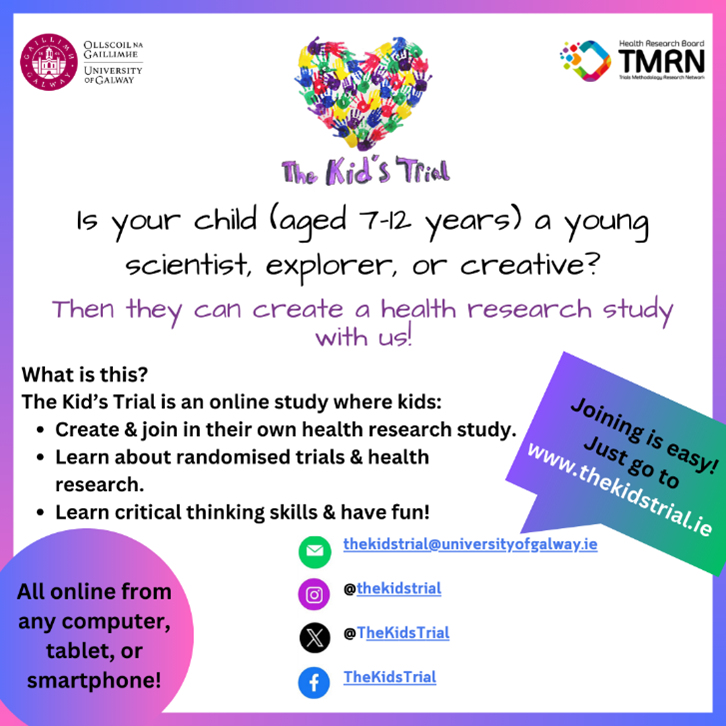
References
- Schonert-Reichl KA, Rowcliffe, P., Jaramillo, A., Foulkes, K., Thomson, K. & Goessling, K. . Middle Childhood Inside and Out: The Psychological and Social Worlds of Canadian Children Ages 9-12. 2018.
- Roberts W, Strayer J. Empathy, Emotional Expressiveness, and Prosocial Behavior. Child Development. 1996;67(2):449-70. doi: 10.2307/1131826.
- Frank L. Forgotten Years. The New York Times. 1948;Sect. SM.
- Mah VK, Ford-Jones EL. Spotlight on middle childhood: Rejuvenating the ‘forgotten years’. Paediatr Child Health. 2012;17(2):81-3. doi: 10.1093/pch/17.2.81. PubMed PMID: 23372398; PubMed Central PMCID: PMCPMC3299351.
- Lepage S, Conway A, Goodson N, Wicks P, Flight L, Devane D. Online randomised trials with children: A scoping review. 2023.
- Graham A, Powell, M., Taylor, N., Anderson, D., Fitzgerald, R. . Ethical Research Involving Children Compendium. Florence, Italy: UNICEF Office of Research, Innocenti; 2013.
- Convention on the Rights of the Child, (1989).
- Livingstone S, Carr, J. and Byrne, J. One in Three: Internet Governance and Children’s Rights. . Florence, Italy: UNICEF Office of Research, 2016 Contract No.: 2016-01.
- Facca D, Smith MJ, Shelley J, Lizotte D, Donelle L. Exploring the ethical issues in research using digital data collection strategies with minors: A scoping review. PLOS ONE. 2020;15(8):e0237875. doi: 10.1371/journal.pone.0237875.
- Mathieu E, McGeechan K, Barratt A, Herbert R. Internet-based randomized controlled trials: a systematic review. Journal of the American Medical Informatics Association. 2013;20(3):568-76. doi: 10.1136/amiajnl-2012-001175.
- Finucane E, O’Brien A, Treweek S, Newell J, Das K, Chapman S, et al. The People’s Trial: supporting the public’s understanding of randomised trials. Trials. 2022;23(1). doi: 10.1186/s13063-021-05984-1.
